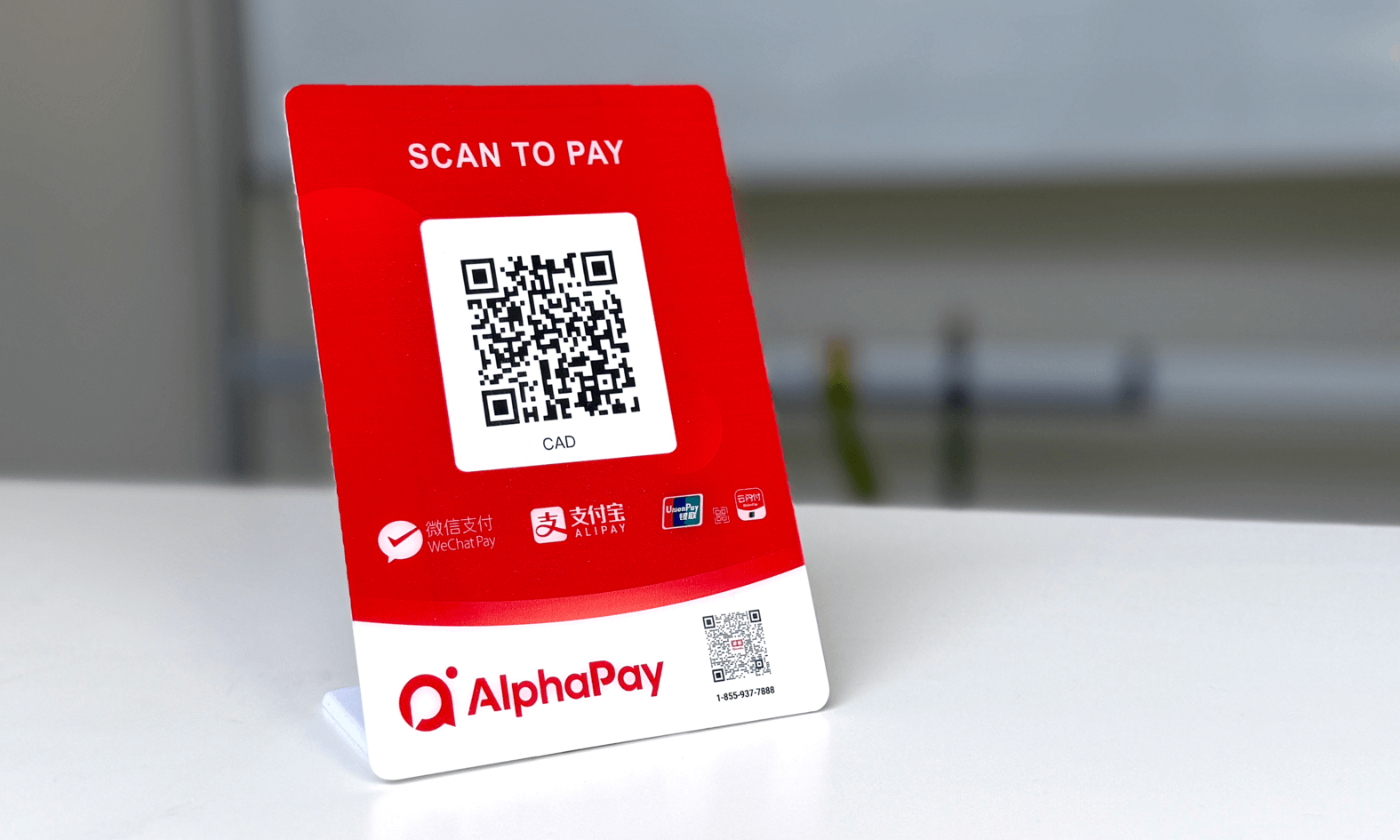Canadian retailers can tap into global consumer markets by accepting cross-border mobile wallet payments like Alipay, WeChat Pay, and UnionPay.
Canada’s payment landscape is entering a new phase—and it’s more than just a shift in tools. It’s a change in who holds the power, how payments move, and what businesses expect from the companies handling their transactions.
If you run a business that accepts payments in Canada, here’s what’s unfolding behind the scenes—and how to stay ahead as the rules get rewritten.
The Acquiring Market: Still Concentrated, but Cracking at the Edges
Historically, Canada’s acquiring market has been dominated by a handful of players. Moneris, backed by RBC and BMO, has long been the default choice for many businesses. Chase, Global Payments, Elavon, and others have also held strong positions.
But in 2025, something shifted: Nuvei became a direct acquirer in Canada. That move bypasses traditional middlemen and gives merchants a faster, more controlled experience—higher approval rates, quicker settlement, fewer surprises. And it’s a signal that the status quo is up for grabs.
Other players are also rethinking their roles. Acquirers are no longer just pipes—they’re becoming platforms. Businesses are starting to choose providers based not just on rates, but on flexibility, reporting, ease of integration, and global reach.
Infrastructure Upgrades
Beneath all of this is a quiet but significant transformation: Canada’s payment infrastructure is getting a much-needed update.
-
Real-time payments are on the horizon. The Bank of Canada is investing in faster rails and stronger oversight. When this hits the mainstream, next-day settlement won’t cut it anymore.
-
More regulation is coming. PSPs (Payment Service Providers) are now under formal supervision, raising the bar for compliance and trust.
-
Digital payments are growing fast. QR codes, digital wallets, tap-to-pay, and alternative methods like Alipay and WeChat Pay are no longer edge cases—they’re becoming expectations.
If your business isn’t preparing to accept newer methods or support faster transactions, you’ll start to feel the friction. Customers will notice. So will your operations.
Key Acquirers
Acquirer
Best For
Strengths
Weaknesses
Clover
SMBs needing all-in-one POS with simple setup
Bundled POS + payments; easy setup; transparent pricing
Limited global/multi-currency features; less ideal for scaling
Moneris
Canadian retailers needing bilingual, in-store + online
Dominant in Canada; robust local support; full commerce tools
May be less agile; potentially higher fees for small merchants
Global Payments
Growing businesses with cross-border or multichannel needs
Global reach; strong in omnichannel & enterprise integrations
Complex structure; support varies; less local touch
Elavon
Mid-sized to large businesses needing global processing & gateways
Mature tech stack; strong online gateway (Converge); backed by U.S. Bank
Feels enterprise-first; less flexible for very small merchants
How to Pick an Acquirer
-
Volume & growth path: If you’re low volume and mostly local, Clover or Moneris might suffice. If you plan to scale or go global, consider Global Payments or Elavon.
-
Channel focus: In‑store dominant? POS matters (Clover, Moneris). Online + mobile heavy? Check gateway / global capabilities (Global, Elavon).
-
Payment types & geography: If you anticipate non‑card, cross‑border, alternative wallets (Alipay, WeChat Pay, UnionPay), you’ll need a partner comfortable with that complexity.
-
Cost & flexibility: Smaller merchants should push for transparent pricing, low fixed fees, and avoid being locked into legacy contracts.
-
Local service vs global clout: Local acquirers excel at domestic support; global ones provide scale but may feel less “boutique”.
-
Integration / technology readiness: Choose a partner with modern APIs, good online tools, and support for omnichannel—not just “terminal in store”.
What Merchants Want in 2026
Business owners and operators aren’t just looking for lower rates anymore. They want payment partners who actually help them grow.
Here’s what we’re hearing across the board:
-
They want more visibility. Clean reporting, real-time dashboards, and no more waiting three days to figure out why a transaction failed.
-
They want speed. Settlement timelines are compressing. Cash flow matters more than ever.
-
They want global capabilities. If a customer from China wants to pay via UnionPay, that shouldn’t be a problem. It should be standard.
-
They want honest pricing. Flat rates and bundled fees are being replaced by interchange-plus models that are easier to understand and justify.
-
They want flexibility. Whether you’re selling in-store, online, or both, the experience should feel connected—not cobbled together.
SMBs Have More Power Than They Realize
Small and medium-sized businesses have often had to settle for “good enough” when it comes to acquiring. Not anymore.
With new entrants challenging incumbents, merchants now have real leverage. The competition is driving down costs and improving features—especially for businesses that know what to ask for.
This is the time to:
-
Shop around. Even if you’re happy, compare what’s out there.
-
Ask for transparency. Interchange-plus pricing is becoming standard—get it in writing.
-
Push for integration. Your POS, e-commerce, and backend systems should all talk to each other.
-
Think global. If you have international customers—even occasionally—choose an acquirer that can handle it seamlessly.
What to Expect by the End of 2026
As we look ahead, a few things seem clear:
-
Real-time payments will no longer be optional.
-
Digital wallets and QR payments will keep growing.
-
Merchants will expect more—because they’ll be getting more elsewhere.
-
The gap between basic processors and modern acquiring partners will widen.
And while the biggest players will likely still dominate in raw volume, their share of influence may shrink if they don’t evolve fast enough.
For merchants, that’s a good thing. It means more choice, better tech, and a greater ability to align your payment setup with how you actually do business.
Looking Ahead
By the end of 2026, we expect:
-
Real-time payments to become table stakes.
-
QR and wallet payments to grow faster than card-based ones.
-
Acquirers to compete more on UX and data than raw scale.
-
A clear split between “processors” and “growth partners.”
This isn’t about switching for the sake of it. It’s about aligning your business with infrastructure that unlocks your next phase—whether that’s going global, scaling faster, or delivering a better customer experience.
Because in payments, like in business, flexibility wins.
Explore what it means to accept cross border payments with AlphaPay—or connect with our team to get started.








